
Quite a few times I have regretted not to have had a different camera with me as I viewed results from a photographic excursion. In the past year and a half this was mostly the case when I had the Fujifilm X-Pro1 or X-E1 with their marvellous lenses and image quality along, and had left my Sigma DP2 Merrill and DP3 Merrill at home. These truly palm-sized beauties with their radically different Foveon X3 sensors produce image quality that only their users are fully aware of, sharp beyond anything produced by other APS-C format cameras. But more than that: something difficult to define and usually referred to by those in the know as three-dimensional.
You can immediately pick out a sizeable print made from a Sigma file among a sheaf of Fujifilm X ones. They are incomparable. Relatively few photographers ever learn about this. But to participate in the pleasure you must avoid low light situations (because beyond about ISO 400 the advantages are gone, except for black and white), be patient with slow write times, and make do with only an LCD screen. Let us just fervently hope that the Sigma people will continue to develop the Foveon sensor to ever greater heights, and give us a larger one. They may well conquer the photographic world with such a thing.
Obviously, one of the first things I wanted to know was whether the new compact full-frame Sony A7R could possibly be a substitute for my slightly smaller and lighter Sigmas with their fixed lenses, while adding all the known advantages of the much older, further developed and faster Bayer sensors. Herewith a first couple of comparisons. It must be said right away that the Zeiss Sonnar 35mm F2.8 places the Sony at some disadvantage, and that a fairer comparison with the outstanding Sigma optics might be the upcoming Sonnar 55mm F1.8, also made for the A7R.
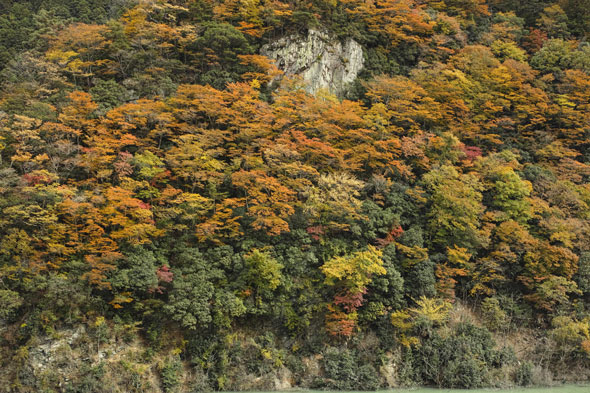
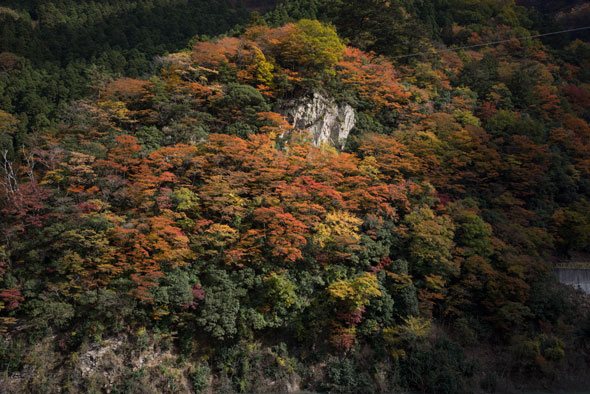
The image from the A7R with Mount Fuji looming over Kofu city is what it is because of the the Minolta 100mm F2.8 Macro, mentioned in my earlier article. A lens that any future A7R user should have on his or her must-have list. See also what it does with a rose up close.
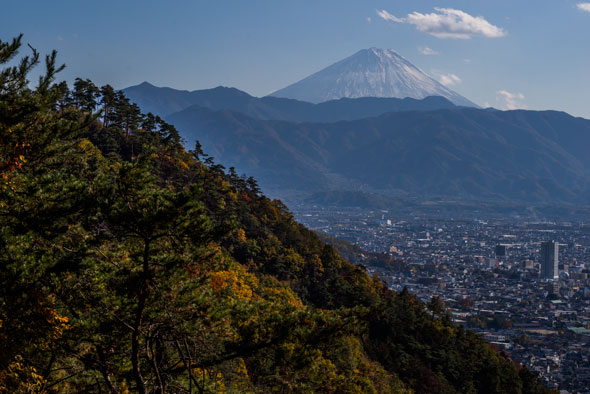
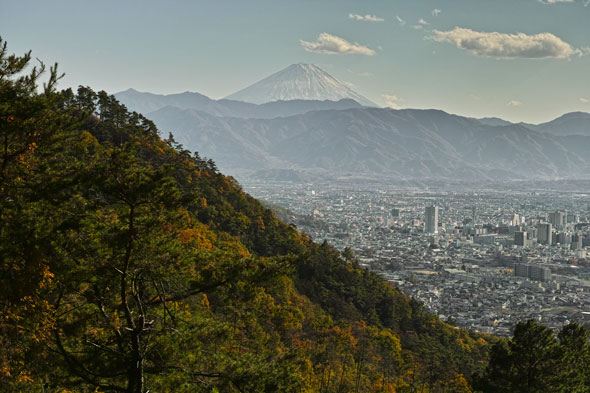
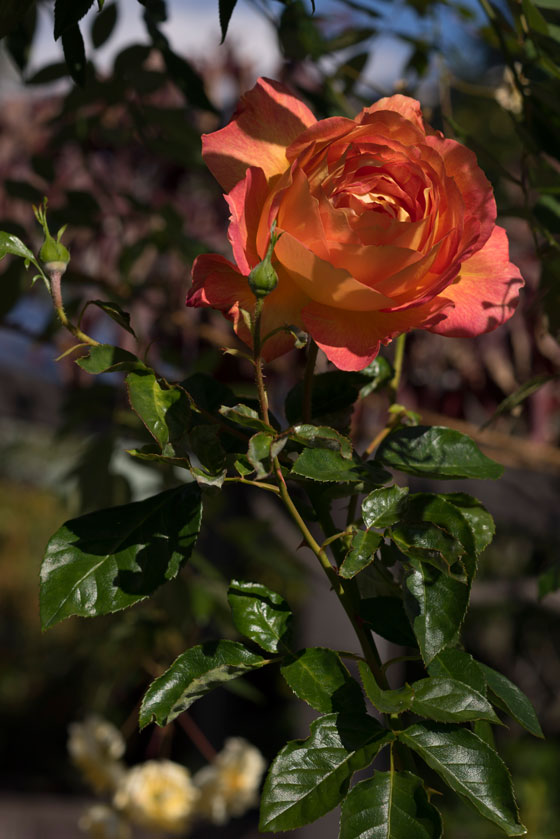
Back to A7R business, and nothing but. I much enjoy working with this camera. The excellent viewfinder makes you forget that it is electronic, and there is nothing but smoothness in the response of the camera. Aside from the solid feel and build, which has been widely commented upon, it also will do as a one-hand camera, even one that can be effectively managed with a left hand; it is slightly better in that way than the Fujifilm X series.
The shutter has disapprovingly been described as being “mushy.” Depressing it gives you, indeed, a rather odd and less direct sense of triggering it than with cameras I have used in recent years; a sense that it is not you taking the photograph, but that the camera will do it for you as long as you gently squeeze it.
Struck with the notion that this may actually reduce the ubiquitous camera shake caused by pressing shutter buttons, I immediately tried takes of the same scene with decreasing speeds, from 1/125th down to a 1/10th of a second. And lo and behold, studying the frames at 1:1, I saw to my great delight that I was still all-right at 1/25th and that a 1/50th image sharpness was as good as indistinguishable from the 1/125th.
This is a result contrary to the speculation about this camera that we will need to hone our holding-steady skills again because of the lack of in-camera stabilization as well as the mechanics of this particular shutter. Noisy mechanics, true enough. But, again, its sound brought me back to earlier, pre-digital days. Photography by stealth is not going to be one of the A7R’s strengths, but getting faces in the Tokyo commuter trains did not appear to faze anyone. Perhaps what people hear is not (yet) readily identified as a picture-making sound.
On the subject of shutter releases, the RM-VPR1 that Sony sells as a remote is useless: it stays put for less than a second. The camera has Wi-Fi capability and can communicate with your iPhone, but that means getting into an entirely new area of experience I have not yet applied for.
Japanese are almost as serious about autumn leaf viewing, kooyoo, as about their cherry blossoms, and have famous autumn viewing places all over the country. There exists an office in downtown Tokyo that will call localities for you to ask them how their leaves are doing at that very moment, so you will not travel there in vain.
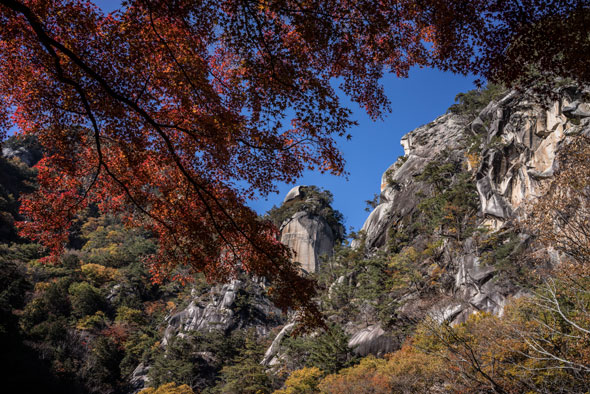
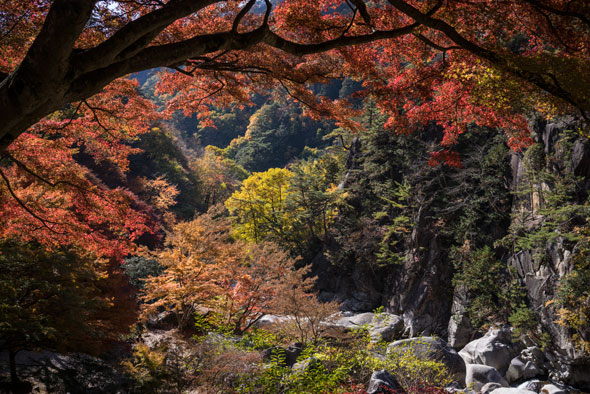
In northern Japan autumn leaf viewing was out already; too late. But a gorge in Yamanashi prefecture was at its peak, and I thought that a good place for a super wide angle comparison of Canon, Nikkor, Voigtländer and Olympus lenses. The landscape is not so good for judging what these lenses do with straight lines of a scene and with perspective, so after returning to my Tokyo apartment I went around the corner for a typical neighborhood scene with the world’s tallest tower, the Skytree, as a bonus.
As can clearly be seen, we must simply give up on the Biogon 21mm F2.8 made for the Contax G cameras. Aside from the magenta vignetting, which can be remedied, the edges are awful.
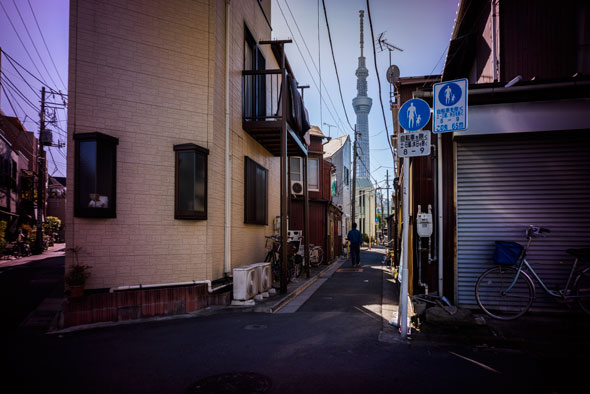
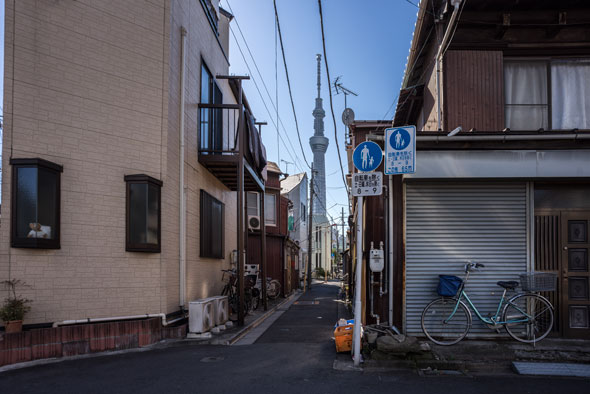
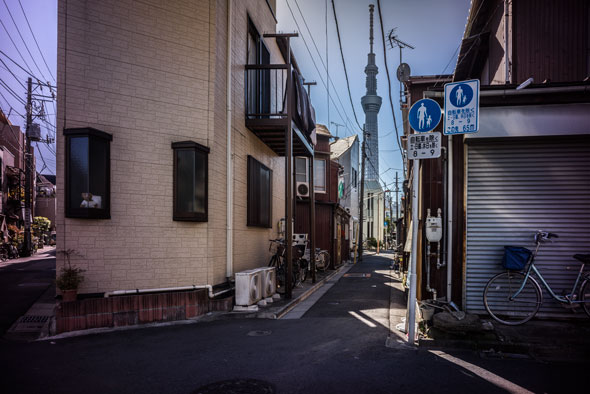
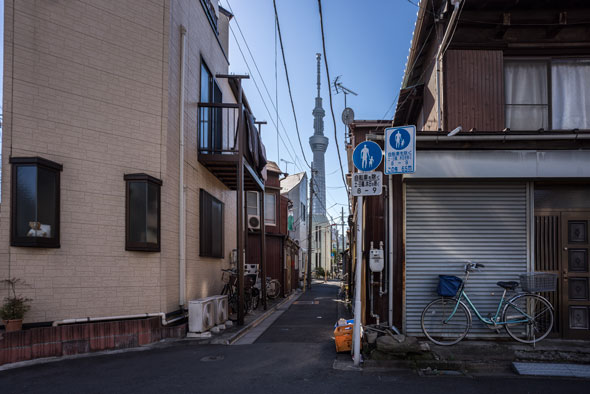
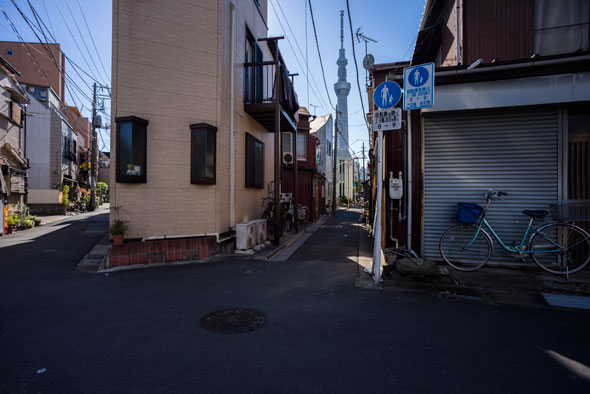
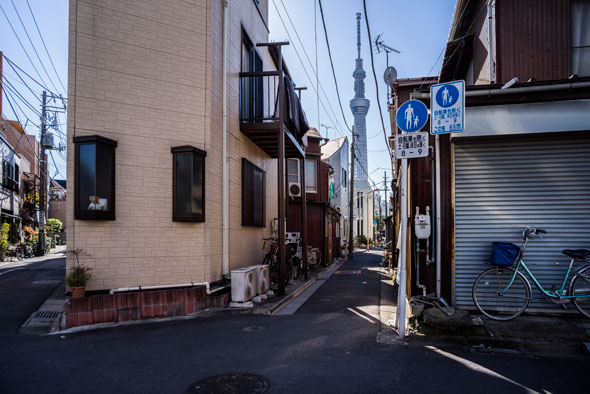
The tiny Voigtländer Color-Skopar 21mm F4 pancake, even though designed for rangefinder cameras with its short flange focal distance, actually does amazingly well on the A7R. The other, better ones have their own different good and not so good sides.
The quest for the better 21mm continues, and I hope to be able to borrow several in coming weeks. As for the quest for the better adapter, the Metabones does not give me zone focussing convenience on the Zeiss Biogon 25mm F2.8 ZM (Amazon / eBay), as its focus is at infinity when its markings indicate a spot just under five meters.
Voigtländer has announced the VM-E Close Focus adapter, an expensive new (Leica) M-NEX model with helicoid close focus ability, which makes mention of an infinity stop. If that means that we ourselves can adapt our adapters to specific lenses, it would solve our problem, but at significant cost.
That famous lens just mentioned has, by the way, been more than a bit of a disappointment. I am not happy about the edges, and it does not have the overall sharpness that I look for. We should face the fact that it — and other M mount Zeiss lenses shorter than 35mm — are unlikely to do well on the A7R. They are old designs, meant for film, and digital sensors cannot produce the great qualities they unquestionably have.
I tried out the Biogon 25mm at one of the famous autumn leaf places — the 48 waterfalls in Mie prefecture, beyond Nagoya. At 8 a.m. in the morning there were quite a few photographers in evidence, with tripods galore. I even saw a mobile phone mounted on one. What else can one do but love this country.
A sprained ankle kept me from climbing higher than the fifth waterfall, but that was enough to do a decent tryout of not only the the problematic 25mm, but also the Zeiss 35mm Sonnar made for the A7R, as well as the elegant and small and sharp Minolta M-Rokkor 90mm F4.
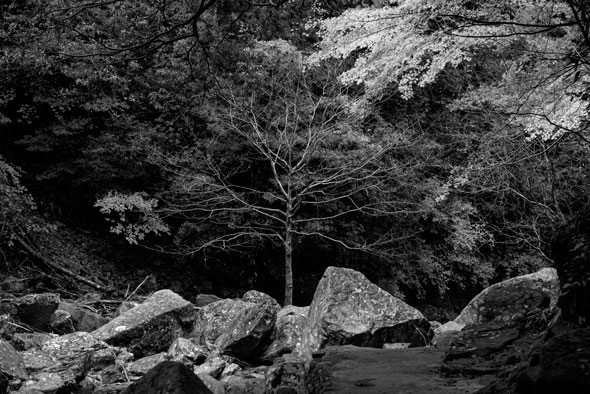
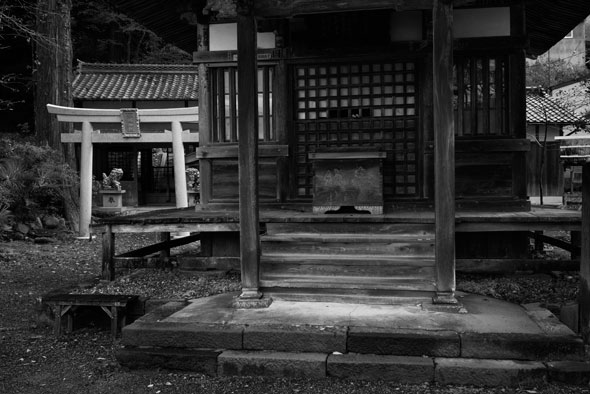
I must now say that I am not very impressed by the Sonnar 35mm. It is pleasantly small and light, unlike the Zeiss lenses coming our way for this camera, but while I can see the Sonnar’s quality in producing pastel-like colors, I keep longing for the sharpness of some of the Minolta lenses.
The digital revolution has not only changed photography dramatically, it has also in conjunction with satellite connectivity fundamentally altered the art of travel. There are no more maps on sale at gas stations or highway rest stops. And, most importantly, one no longer need ask the way to this or that famous scenic spot, so that friendly locals can tell you in time that it no longer exists or is not worth the bother.
I had delivered myself to a navigation system by pushing in the coordinates of a supposedly well-preserved traditional system of horizontal rice fields, shown against the background of beautiful diagonal mountain sides, right and left. They were not there. Neither were architectural remnants of the stations along the famous road of history connecting Kyoto with Tokyo. With about twelve hours of wasted driving time between those, the situation had become serious. Where could I go on my last day I could justify to roam Japan for photographic purposes?
Which scenic spot would Japanese not think of ever abolishing? The answer rose monumentally in my mind’s eye. Photographically a bit trite? One photographer, Yukio Ohyama, has become famous by taking a photograph of Mount Fuji every day of the year, using all manner of equipment. He is only the most dedicated among hundreds of thousands of other photographers. Yet the subject is unceasingly splendid.
So I rushed to Lake Kawaguchi where you see not only the mountain but also its reflection. Strong wind spoiled that double act, but lots of tall pampas grass and the small red maple leaves made up for it.
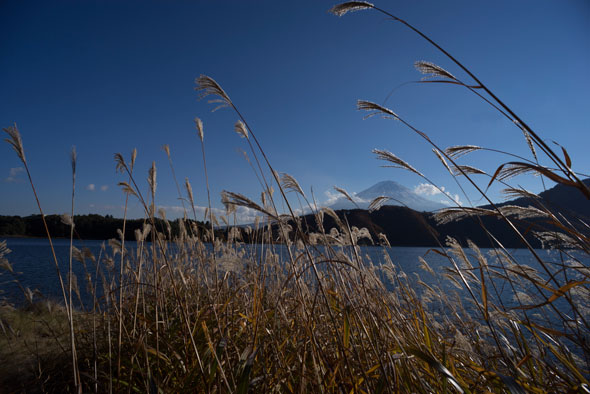
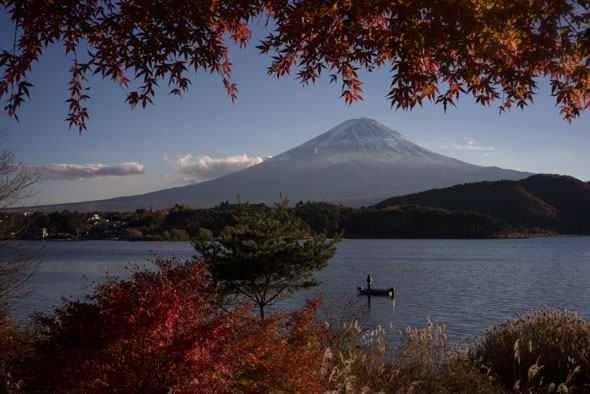
There I could add some of the legacy lenses that as users of the A7R you will want to get. Once again I should mention the Sigma 70mm F2.8 Macro and the Minolta 50mm F2.8 Macro (sample further below).
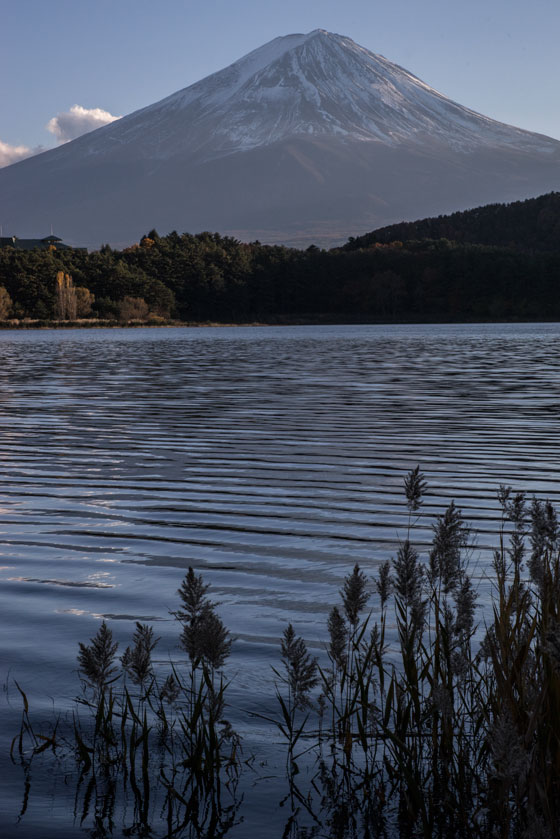 Sigma 70mm F2.8 Macro — F20 (!) 1/250 ISO 1,250 | Karel van Wolferen
Sigma 70mm F2.8 Macro — F20 (!) 1/250 ISO 1,250 | Karel van WolferenAs well as the wide Zuikos, such as the 21mm F3.5… still so much to discover. There is a lot more to try out, and the experiment continues.
The JPEGs with this post were rendered from RAW files with minimal post-processing.
Karel van Wolferen is a writer, but photography has been his second life since he was 11 years old, now 61 years ago. He built his first darkroom at the age of 14. His passion is for high resolution. He used to work with 8×10 and now tries to achieve 8×10 by other means through stitching. Until the Sony A7R came along.
Karel left the Netherlands in 1960 at the age of 19, with one hundred dollars, with the idea to hitchhike to India (before there were hippies). He lived in Turkey, India and SouthEast Asia before arriving in Japan two years later. He worked as a newspaper correspondent covering a large chunk of Asia for 16 years before it became possible to live on income from writing books.
The University of Amsterdam asked him to become professor of comparative political and economic institutions, a position he held until retirement seven years ago. Karel still write books, many for Japanese readership. His second life in photography, which saw the building of three 8×10 darkrooms in Tokyo, has continued with all manner of digital experimenting in which I mix techniques to achieve super realistic images.
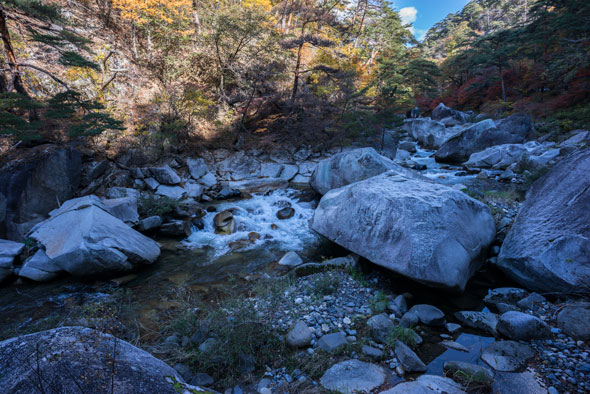
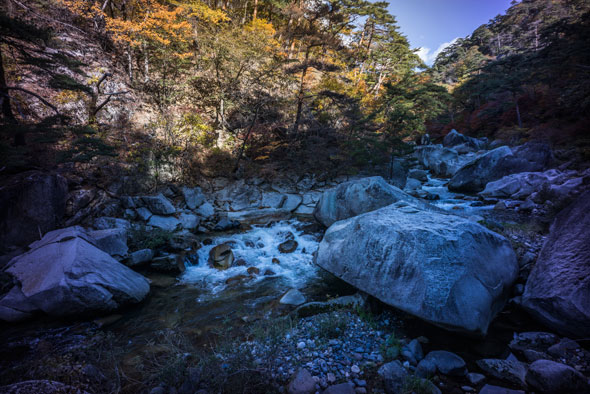
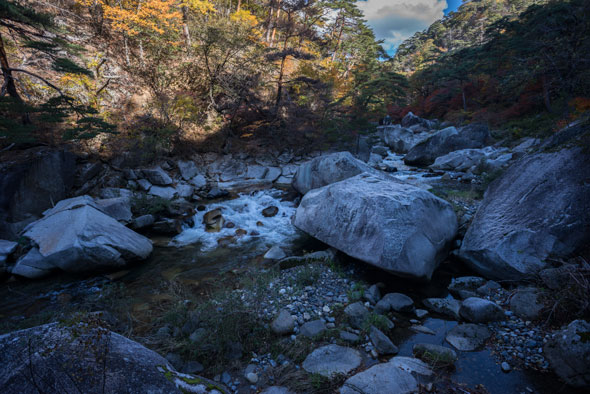
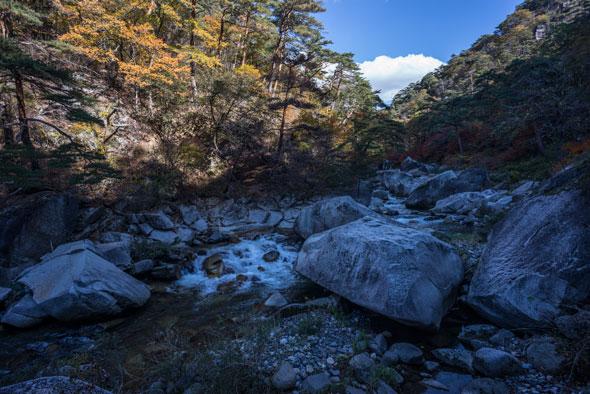
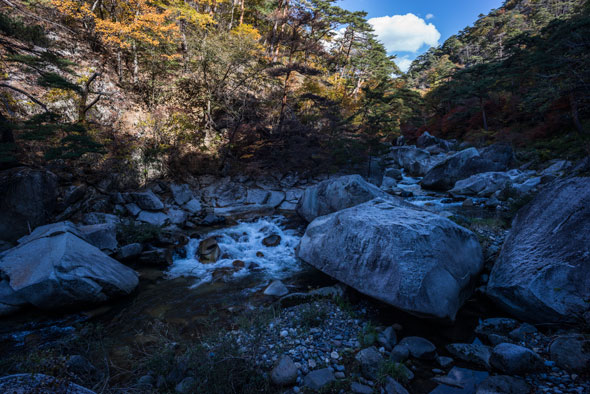
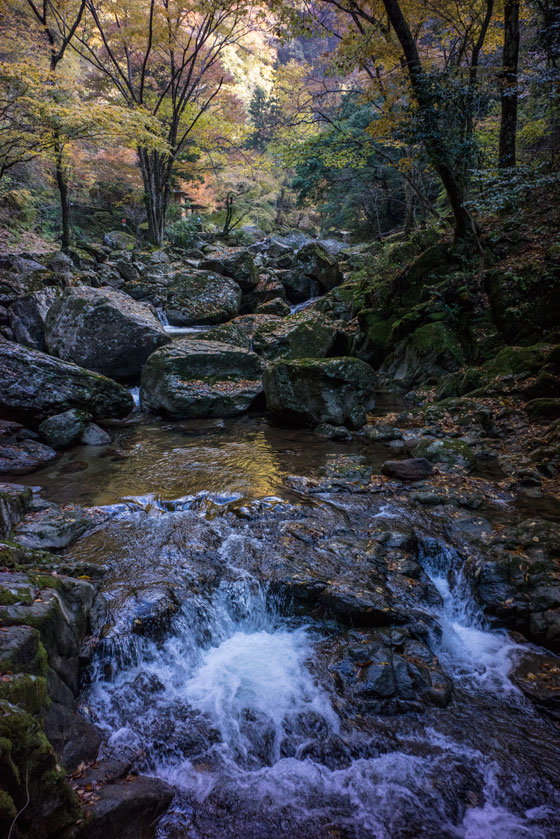
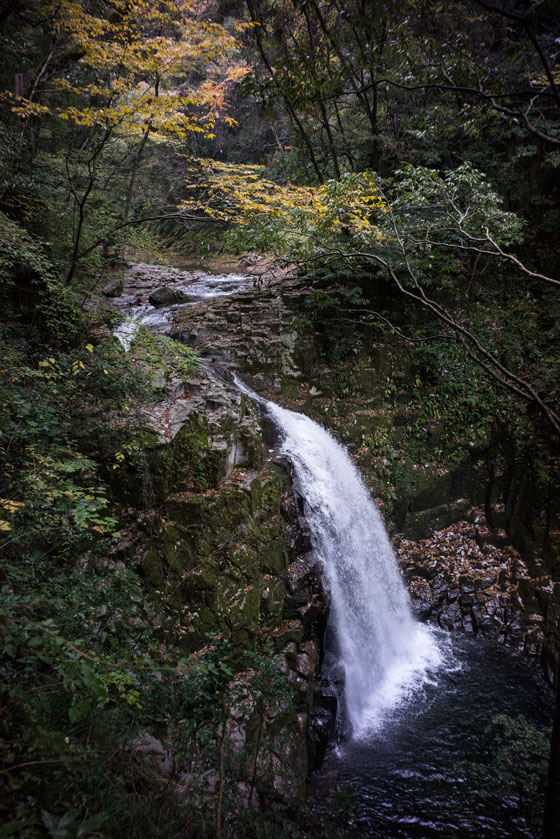
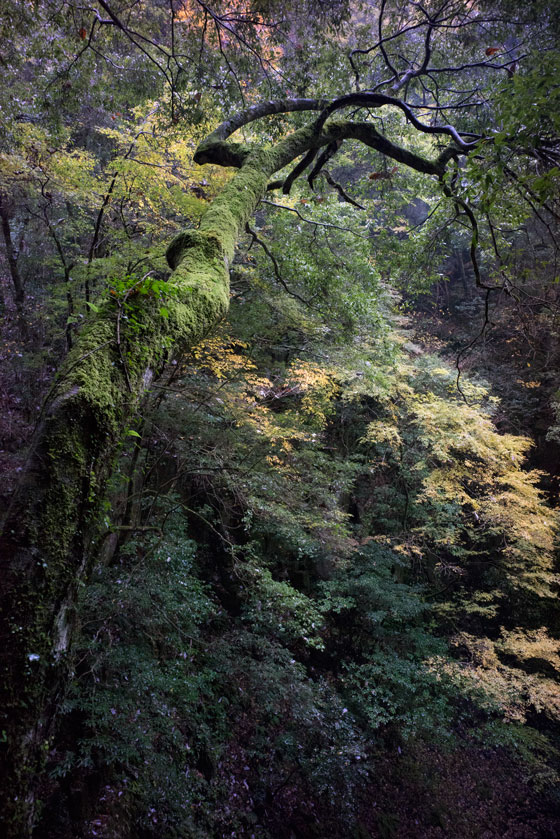

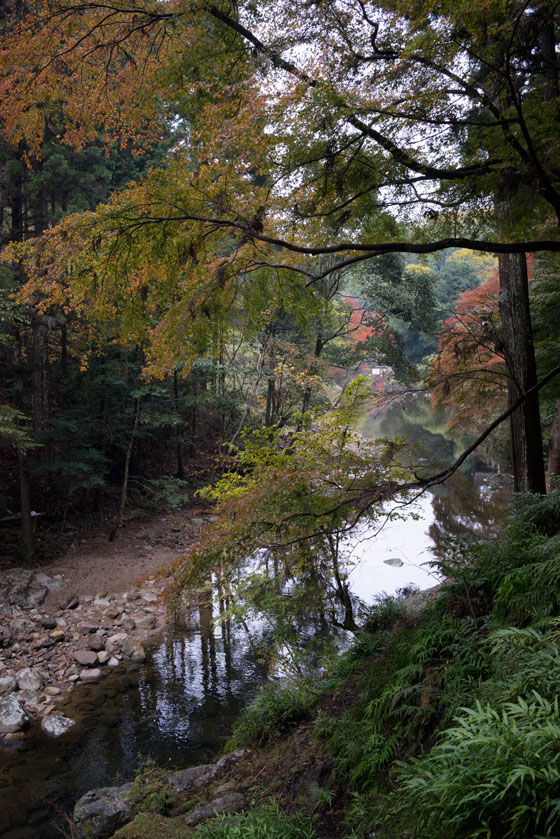
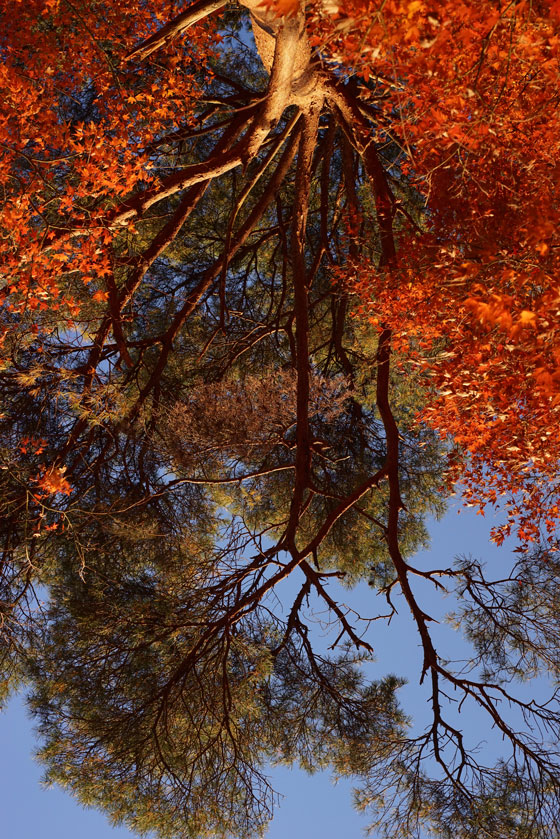
You can order the Sony A7 and A7R from:
- Amazon (A7 body / A7 kit / A7R body)
- B&H (A7 body / A7 kit / A7R body)
- Adorama (A7 body / A7 kit / A7R body)
The new lenses are:
- Zeiss Vario-Tessar T* FE 24-70mm F2.8 ZA OSS (Amazon / B&H / Adorama)
- Zeiss Sonnar T* FE 35mm F2.8 ZA (Amazon / B&H / Adorama)
- Zeiss Sonnar T* FE 55mm F1.8 ZA (Amazon / B&H / Adorama)
- Sony 70-200mm F2.8 G SSM II (Amazon / B&H / Adorama)
New adapters and battery grip:
- Vertical battery grip (Amazon / B&H / Adorama)
- A to E mount (Amazon / B&H / Adorama)
- A to E mount with Translucent Mirror Technology SLT (Amazon / B&H / Adorama)
Plus an excellent Leica M to Sony E mount adapter:


